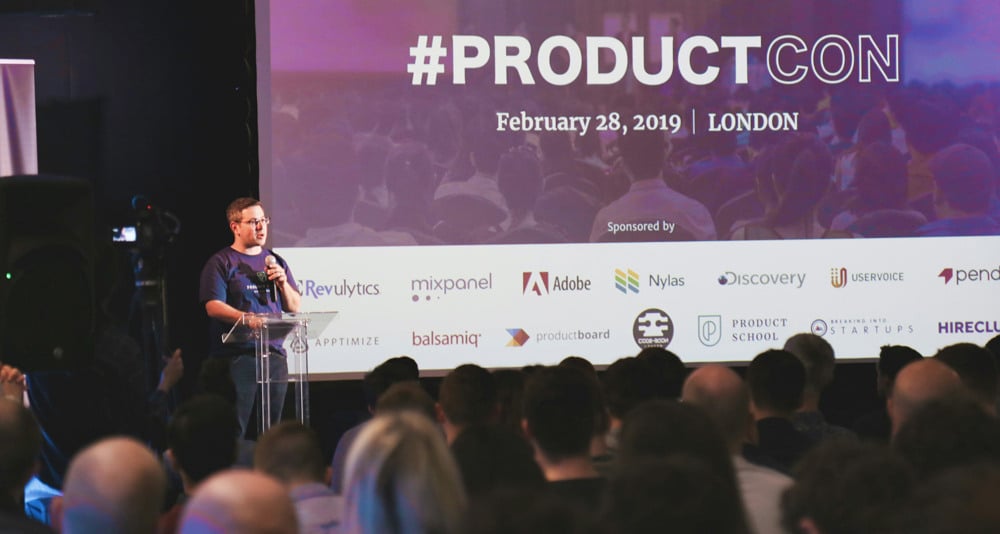Creating Unique Attendee Experiences: Personalization Strategies
In today’s event planning landscape, personalization is the key to standing out and creating memorable experiences. Whether it’s a corporate conference, a virtual seminar, or a hybrid event, personalizing the attendee experience plays a crucial role in driving engagement and event success.
This blog explores practical ways to infuse personalization into both online and offline events, ensuring each participant feels uniquely valued.

Personalization in event planning involves tailoring elements of the event to align with individual attendees' specific needs, preferences, and interests. This can range from customized content delivery to personalized networking opportunities, enhancing the overall experience and fostering deeper engagement.
1. Collecting Useful Data
The foundation of any personalized experience begins with data. Understanding who your attendees are, what they want, and how they prefer to engage provides the insight needed to design a meaningful, personalized experience.
Use registration forms to gather critical information such as job roles, industry, interests, and any specific needs. Additionally, employ analytics tools during virtual events to track attendee behavior, such as session participation and engagement metrics, which can help you adjust your strategies on the fly.
- Identify your target audience: Define key demographics like age, gender, income, location, and education level.
- Segment your audience: Group your audience based on shared characteristics such as interests, behaviors, or needs.
- Research audience preferences: Use surveys, interviews, or social media insights to understand their needs, preferences, and pain points.
- Analyze competitors: Study competitors’ target audiences and strategies to identify opportunities for differentiation.
- Create buyer personas: Develop detailed profiles that represent different segments of your target audience.
- Tailor messaging: Craft personalized messages that speak directly to the specific desires and concerns of each audience segment.
- Use targeted advertising: Run ads on platforms like Facebook or Google with refined targeting options based on demographics, behaviors, and interests.
- Leverage email marketing: Segment your email list and send personalized campaigns based on past interactions or expressed interests.
- Monitor and optimize: Use analytics to track the success of your target marketing efforts and make data-driven adjustments to improve outcomes.
2. Personalized Communications
Engaging attendees with personalized communications ensures they feel valued from the outset. Segmenting your attendee list based on collected data allows you to send tailored emails or notifications that cater to their individual preferences.
This could include highlighting specific sessions they might find interesting or introducing them to networking opportunities based on their industry or professional goals.
3. Customized Content Delivery
A successful event meets the diverse needs of its audience.
Offering personalized content, whether through
- Specialized workshops
- Breakout sessions
- Keynote speakers
This allows attendees to engage with the material that’s most relevant to them. Providing multiple tracks or streams enables participants to curate their own event experience, ensuring the content resonates on a personal and professional level.
4. Interactive and Engaging Formats
Incorporating interactive elements that cater to attendee preferences is key to elevating the personalized experience. Whether through Q&A sessions, live polls, or workshops, providing opportunities for participants to engage in ways that suit them helps build a sense of involvement. Virtual tools like Slido or Poll Everywhere make it easy to gather real-time responses and adjust sessions accordingly.
5. Personalized Event Environments
For in-person events, creating an environment that reflects the interests and preferences of your audience enhances their sense of connection. From welcome messages to personalized seating arrangements, small touches can go a long way in making attendees feel special.
For virtual events, providing customizable avatars or backgrounds allows participants to express themselves and further engage with the event environment.
6. Use of AI and Technology
AI-driven technology can significantly enhance the personalization of an event.
Chatbots, for instance, can be employed to assist attendees in real-time, offering session recommendations or answering specific questions based on their preferences and past behavior. These technologies not only streamline the attendee experience but also provide real-time personalization that adapts as the event progresses.
7. Feedback and Continuous Improvement
The personalization process doesn’t end when the event concludes. Gathering feedback is essential to refining future events and ensuring continued improvement. Personalized post-event surveys can help you understand how different segments of your audience respond to various aspects of the event.
Using this data enables you to make targeted improvements and adjust your personalization strategies for future success.
Conclusion
Personalization is no longer just an option; it’s a fundamental aspect of modern event planning that enhances attendee satisfaction and loyalty. By leveraging data, technology, and creative strategies, event organizers can deliver personalized experiences that resonate with participants on a deeper level, whether the event is online, offline, or hybrid.
Implementing these personalization strategies will not only improve the attendee experience but also strengthen the emotional connection between your brand and its audience, leading to more engaged participants and successful events in the future.






